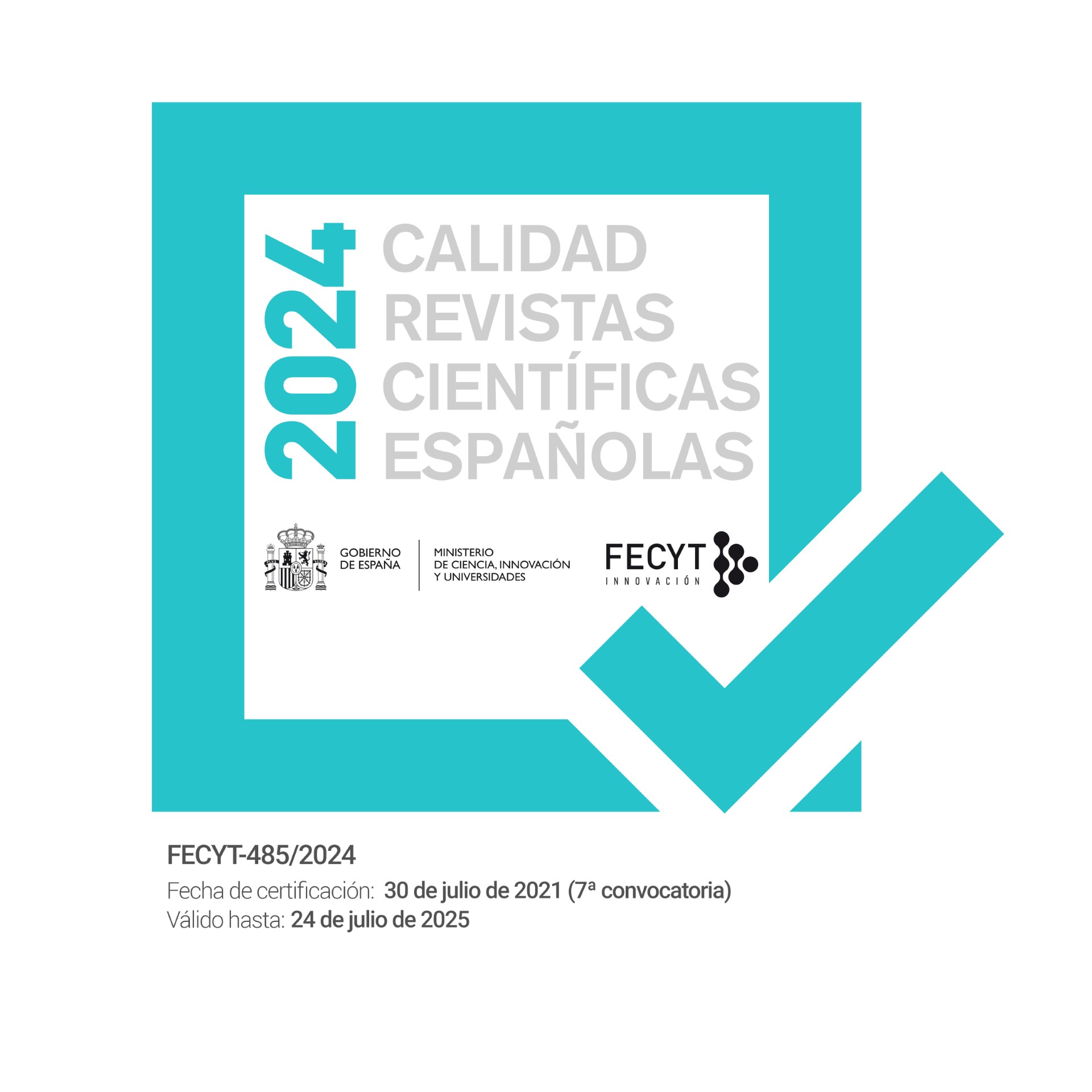Las representaciones historiográficas postmodernas: Maus y la novela gráfica sobre el Holocausto
DOI:
https://doi.org/10.26754/ojs_historiografias/hrht.201924178Resumen
Este artículo examina la forma en la que la novela gráfica Maus ha plasmado las múltiples dimensiones y problemáticas que nos encontramos al intentar representar un acontecimiento límite como el Holocausto. Para ello, se presentan unas palabras previas sobre las posibilidades del cómic para representar el pasado. A continuación, se analizan los principales recursos de la obra de Art Spiegelman para representar la Shoah para terminar con unas reflexiones finales sobre la capacidad de los llamados experimentos historiográficos postmodernos para dar cuenta del sufrimiento y de las experiencias vividas por las víctimas, y por sus legatarios, en relación con fenómenos como la Solución final.
Mostras las descargas
Descargas
Publicado
2019-12-31
Número
Sección
Historia y Teoría
Licencia
Esta obra está bajo una Licencia Creative Commons Atribución-CompartirIgual 4.0 Internacional.Cómo citar
Bolaños de Miguel, A. . (2019). Las representaciones historiográficas postmodernas: Maus y la novela gráfica sobre el Holocausto. Historiografías, 18, 55-75. https://doi.org/10.26754/ojs_historiografias/hrht.201924178




